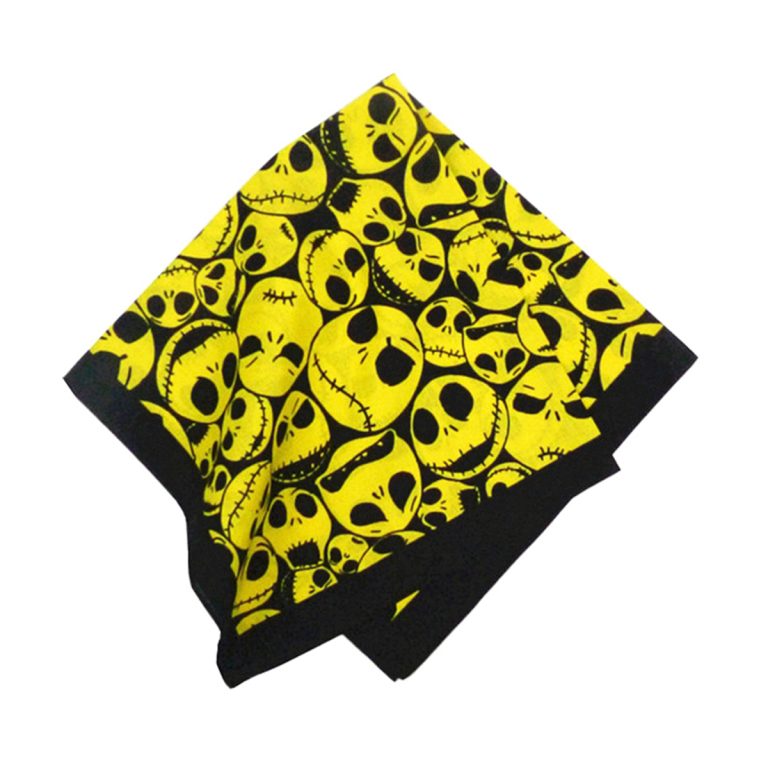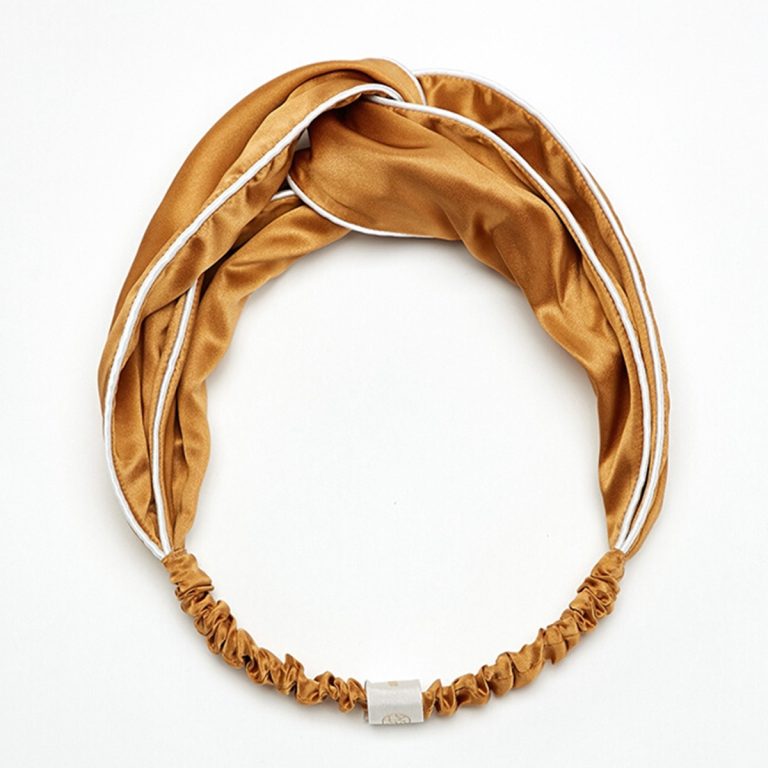Table of Contents
Labor Exploitation in Bandana Manufacturing Industry
Bandanas are a popular accessory that can be found in many wardrobes around the world. They are versatile, stylish, and can be worn in a variety of ways to add a pop of color or pattern to an outfit. However, behind the trendy facade of bandanas lies a dark reality – the exploitation of labor in the manufacturing industry.
Many bandanas are produced in countries where labor laws are lax, and workers are often subjected to long hours, low wages, and unsafe working conditions. This exploitation is fueled by the demand for cheap and fast fashion, as companies prioritize profit margins over the well-being of their workers.
One of the key issues in the bandana manufacturing industry is the prevalence of sweatshops. These are factories where workers are forced to work long hours for low pay, often in hazardous conditions. Sweatshops are common in countries like Bangladesh, India, and China, where labor costs are low and regulations are weak.
Workers in these sweatshops are often paid below minimum wage, and many are forced to work overtime without compensation. In some cases, workers are even subjected to physical and verbal abuse by their employers. These harsh working conditions take a toll on the physical and mental health of the workers, who are often left with no choice but to endure these conditions in order to support themselves and their families.
Child labor is another issue that plagues the bandana manufacturing industry. In many countries, children as young as five or six years old are forced to work in factories to help support their families. These children are denied the opportunity to go to school and receive an education, trapping them in a cycle of poverty and exploitation.
The use of toxic chemicals in the production of bandanas is also a concern. Many factories use dyes and other chemicals that are harmful to both the environment and the workers who are exposed to them. These chemicals can cause serious health problems, including respiratory issues, skin rashes, and even cancer.
Despite these issues, the demand for bandanas continues to grow, driven by the popularity of the accessory in fashion and pop culture. Consumers are often unaware of the dark side of bandana manufacturing, as companies go to great lengths to hide the exploitation that occurs behind the scenes.
As consumers, we have a responsibility to educate ourselves about the labor practices of the companies we support. By choosing to purchase ethically-made bandanas from companies that prioritize fair labor practices, we can help to create a more sustainable and just industry.
| silk shawls | bulk price | 2 layer hijab | screen print |
| silk printing | silk mixed | 21*69″ | housewife edge |
| bandanas 90s | bolero | 16mm | cap sarah hijab |
| sport hijab | 5.99 hijab | custom scarf | sleeping masks |
In conclusion, the bandana manufacturing industry has a dark side that is often overlooked by consumers. The exploitation of labor, including sweatshops, child labor, and exposure to toxic chemicals, is a harsh reality for many workers in this industry. As consumers, we must be mindful of where our products come from and support companies that prioritize fair labor practices. Only then can we work towards a more ethical and sustainable future for the bandana manufacturing industry.
Environmental Impact of Bandana Production
Bandanas are a popular accessory that can be found in many people’s wardrobes. They are versatile, stylish, and can be worn in a variety of ways. However, the production of bandanas comes with a dark side that often goes unnoticed by consumers. The environmental impact of bandana manufacturing is significant and should not be overlooked.
One of the main environmental concerns associated with bandana production is the use of water. The textile industry is known to be one of the most water-intensive industries in the world, and bandana manufacturing is no exception. The process of dyeing and finishing bandanas requires large amounts of water, which can lead to water pollution and scarcity in the areas where these factories are located.
In addition to water usage, bandana production also contributes to air pollution. The chemicals used in the dyeing and finishing process can release harmful pollutants into the air, which can have negative effects on both the environment and human health. These pollutants can contribute to smog, acid rain, and respiratory problems in nearby communities.
Furthermore, the production of bandanas often involves the use of toxic chemicals. These chemicals can have long-lasting effects on the environment, as they can contaminate soil and water sources. In some cases, these chemicals can even find their way into the food chain, posing a threat to both wildlife and humans.
The transportation of bandanas also has an environmental impact. Bandanas are often produced in countries with lax environmental regulations and then shipped to other parts of the world for sale. This transportation process contributes to greenhouse gas emissions and air pollution, further exacerbating the environmental impact of bandana production.
Despite these environmental concerns, the demand for bandanas continues to grow. Consumers are often unaware of the environmental impact of the products they purchase, and companies are not always transparent about their manufacturing processes. As a result, the dark side of bandana manufacturing is often hidden from view.

It is important for consumers to be aware of the environmental impact of the products they buy and to make informed choices about the items they purchase. By supporting companies that prioritize sustainability and ethical manufacturing practices, consumers can help reduce the environmental impact of bandana production.
In conclusion, the production of bandanas has a significant environmental impact that should not be ignored. From water usage and air pollution to the use of toxic chemicals and transportation emissions, the environmental concerns associated with bandana manufacturing are numerous. It is important for consumers to educate themselves about the products they buy and to support companies that prioritize sustainability and ethical practices. Only by working together can we mitigate the environmental impact of bandana production and create a more sustainable future for all.







